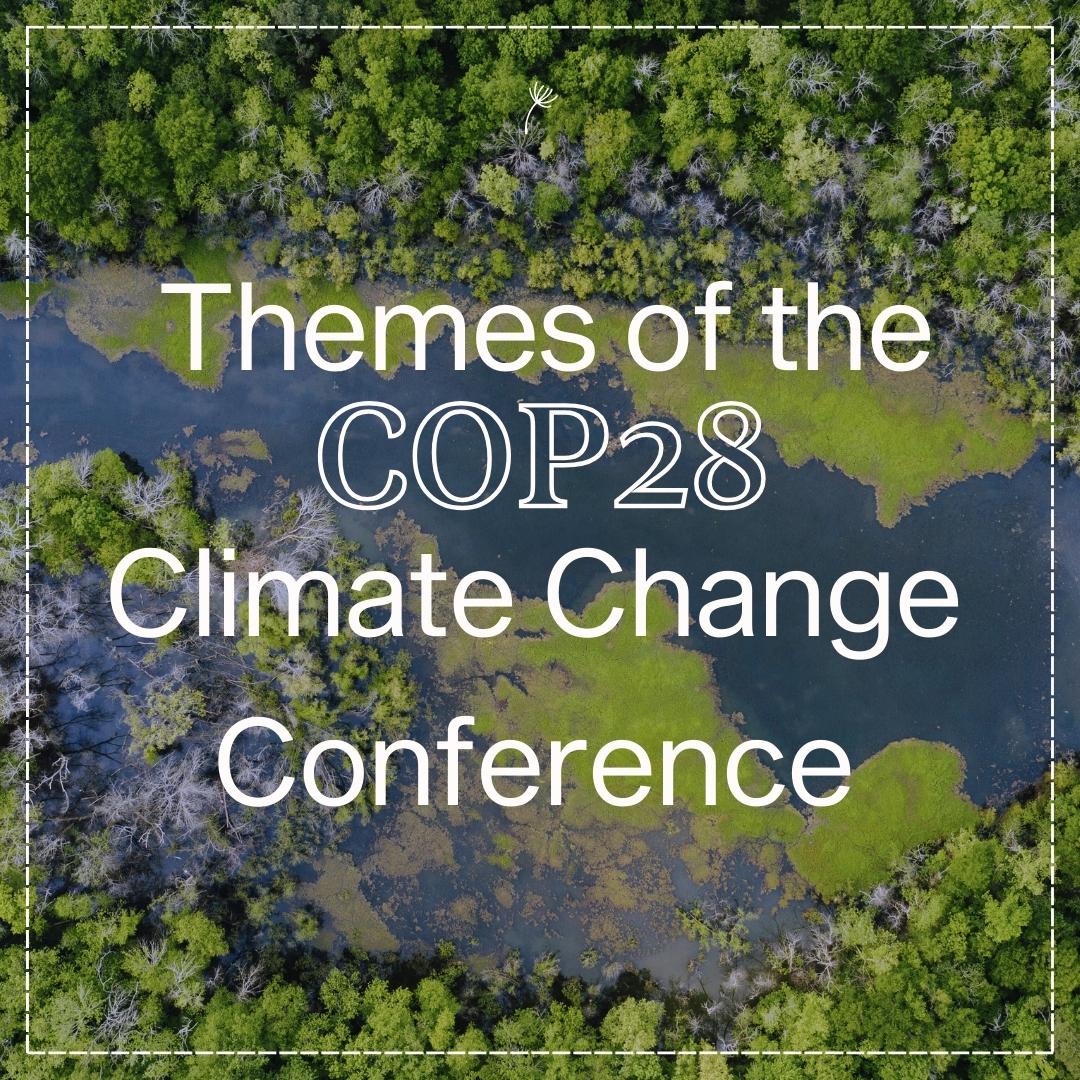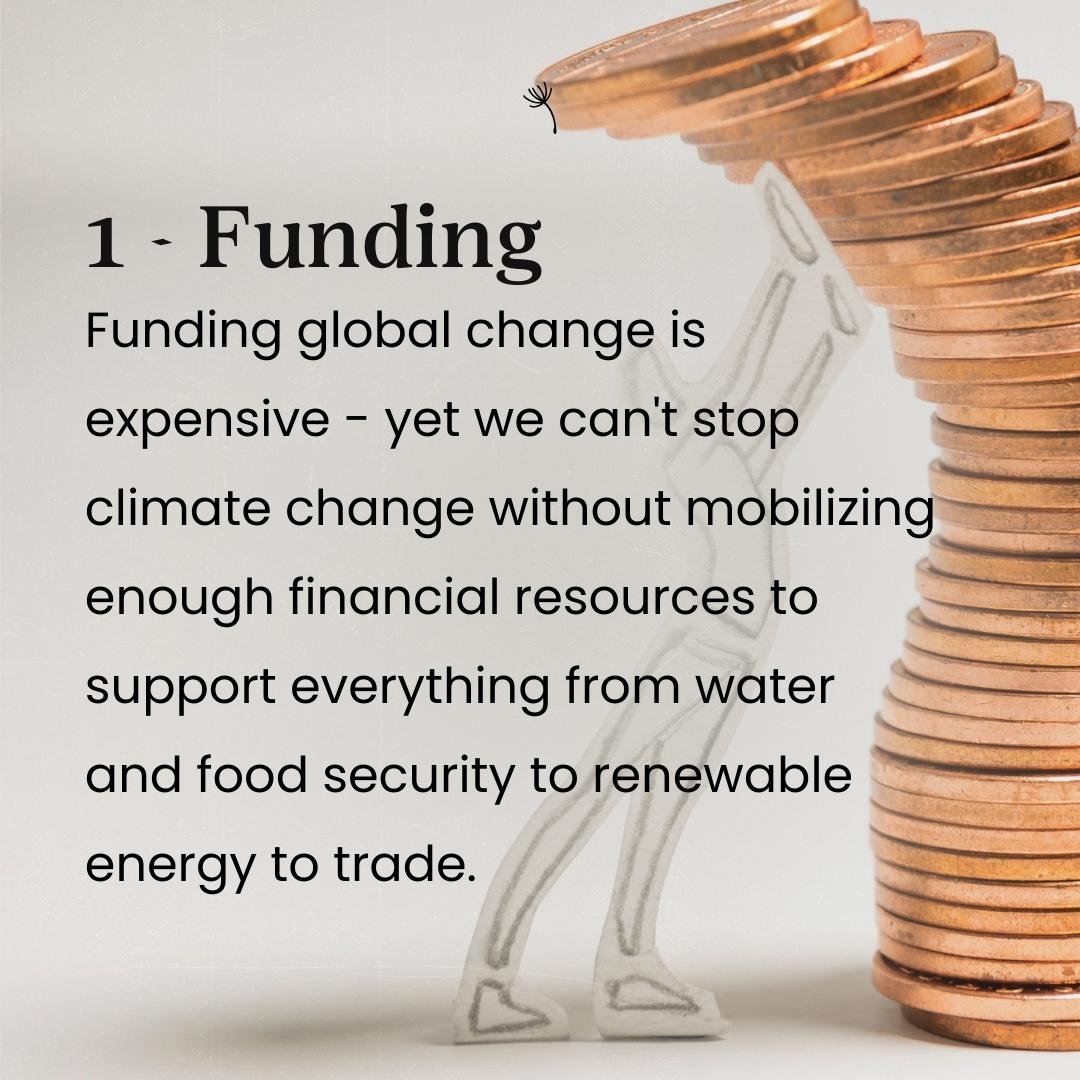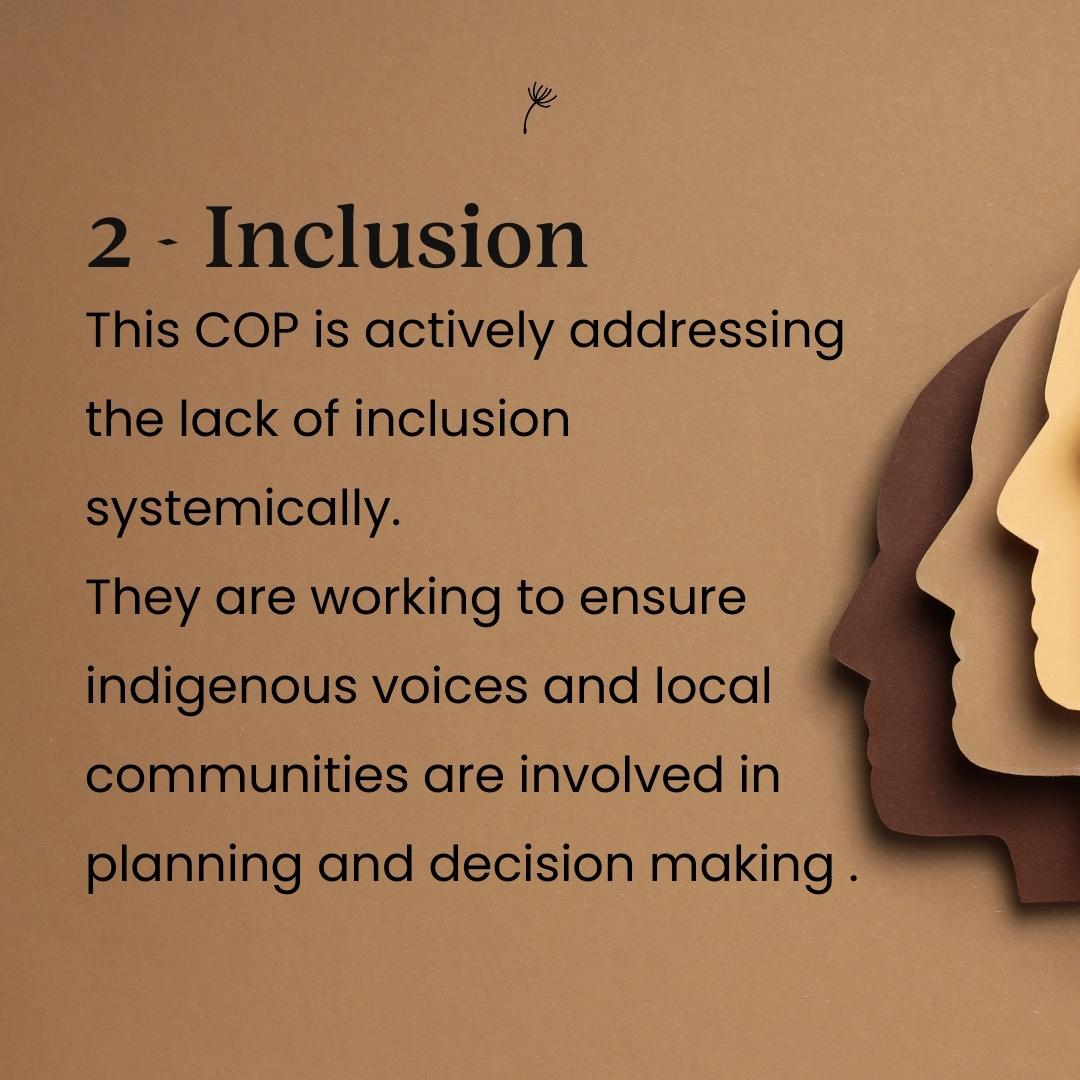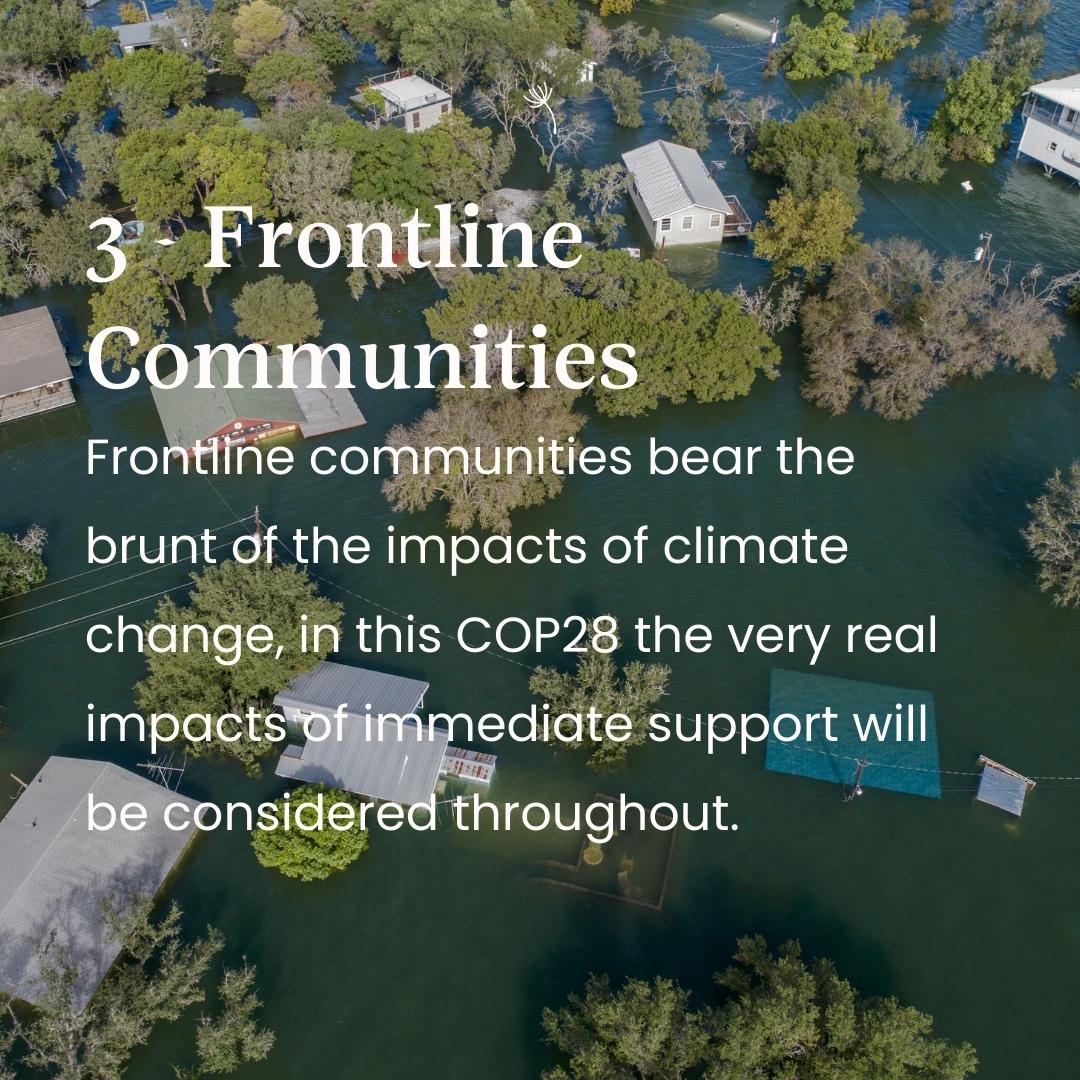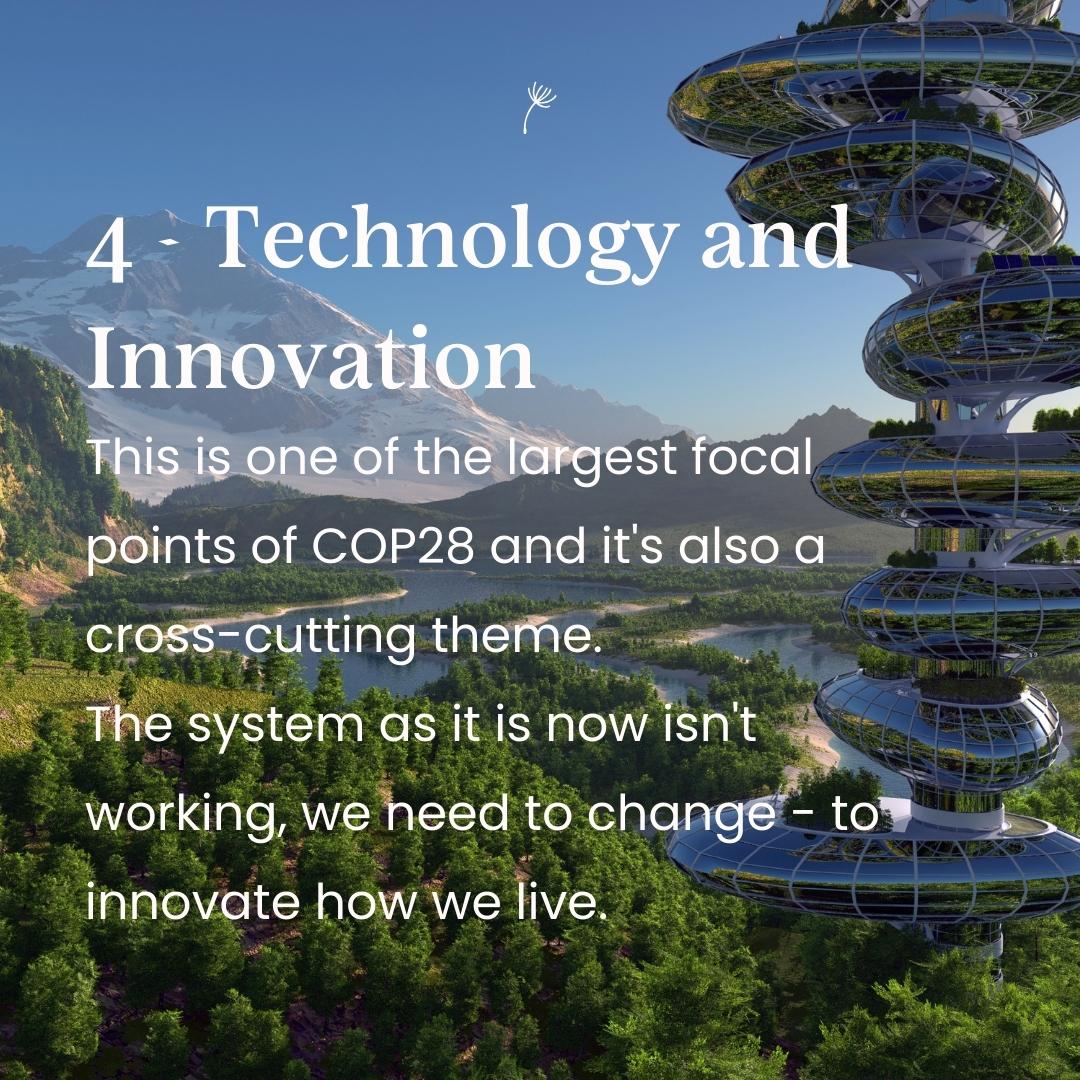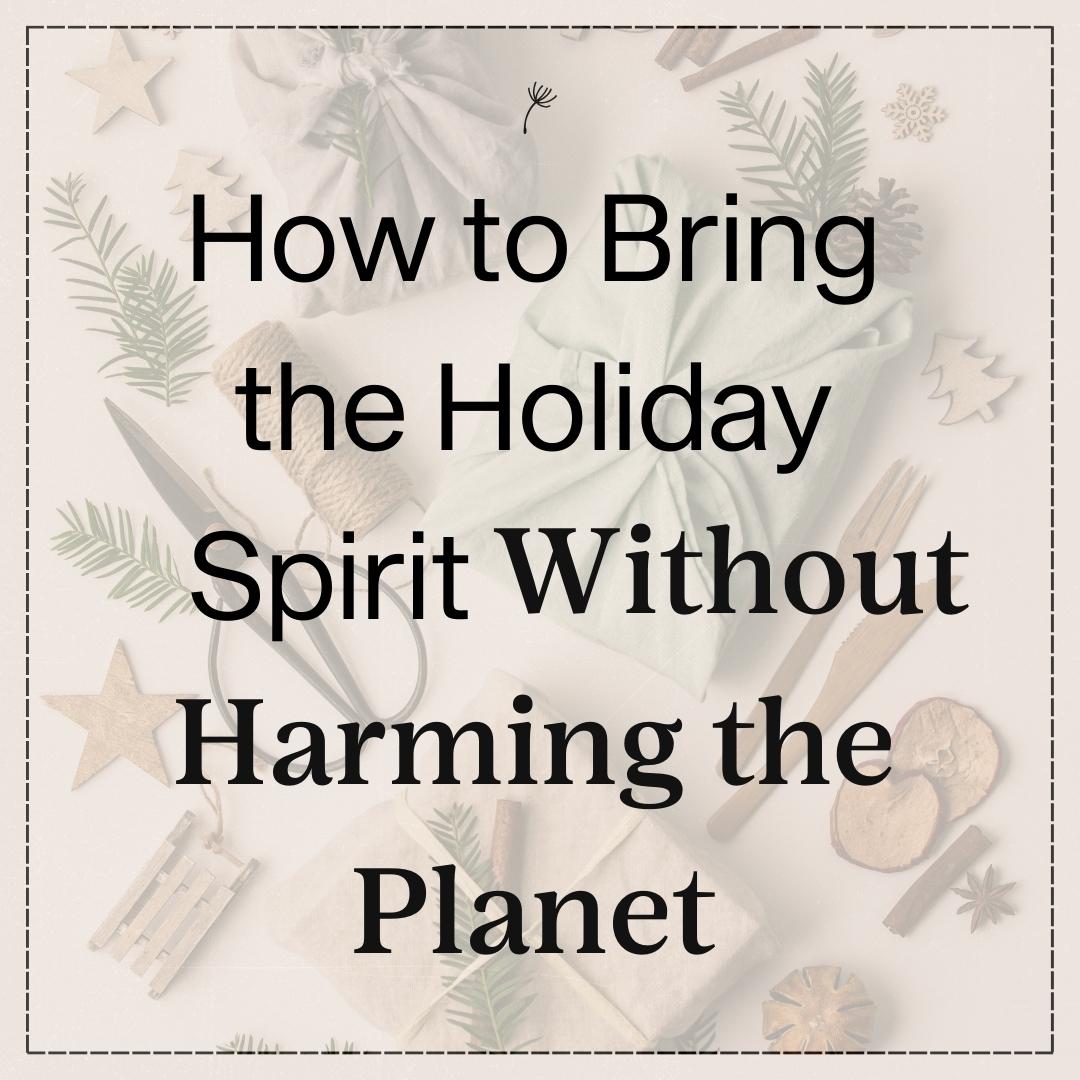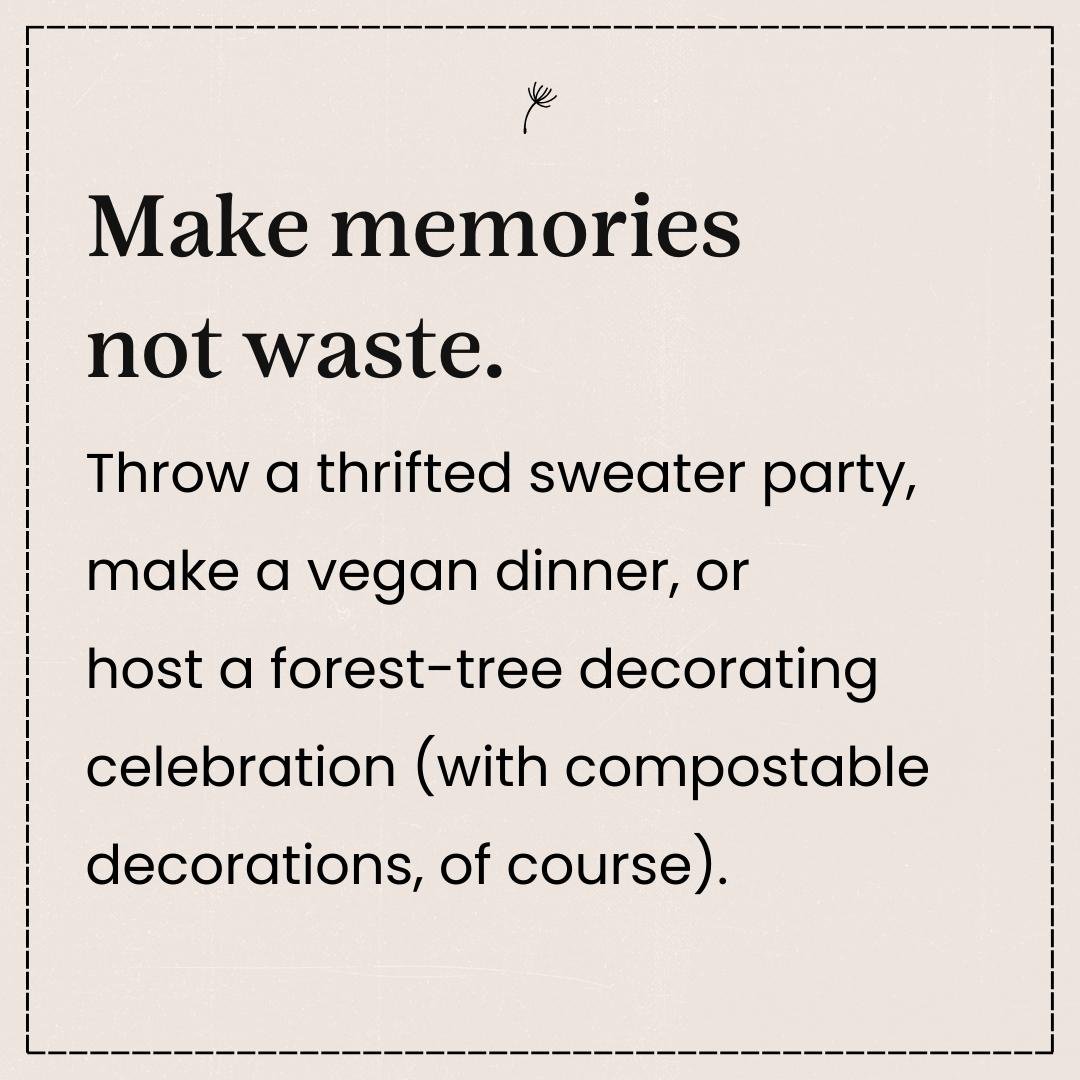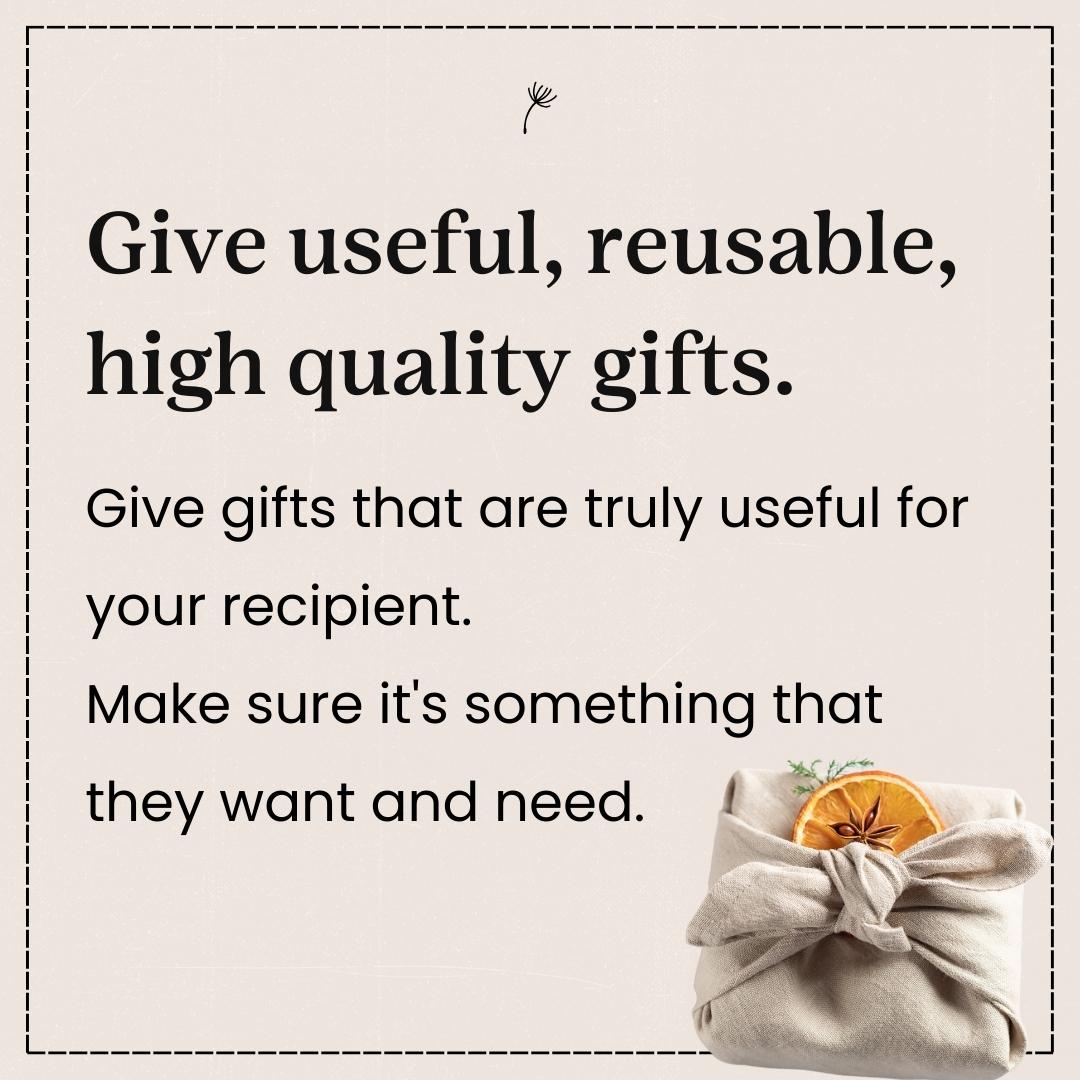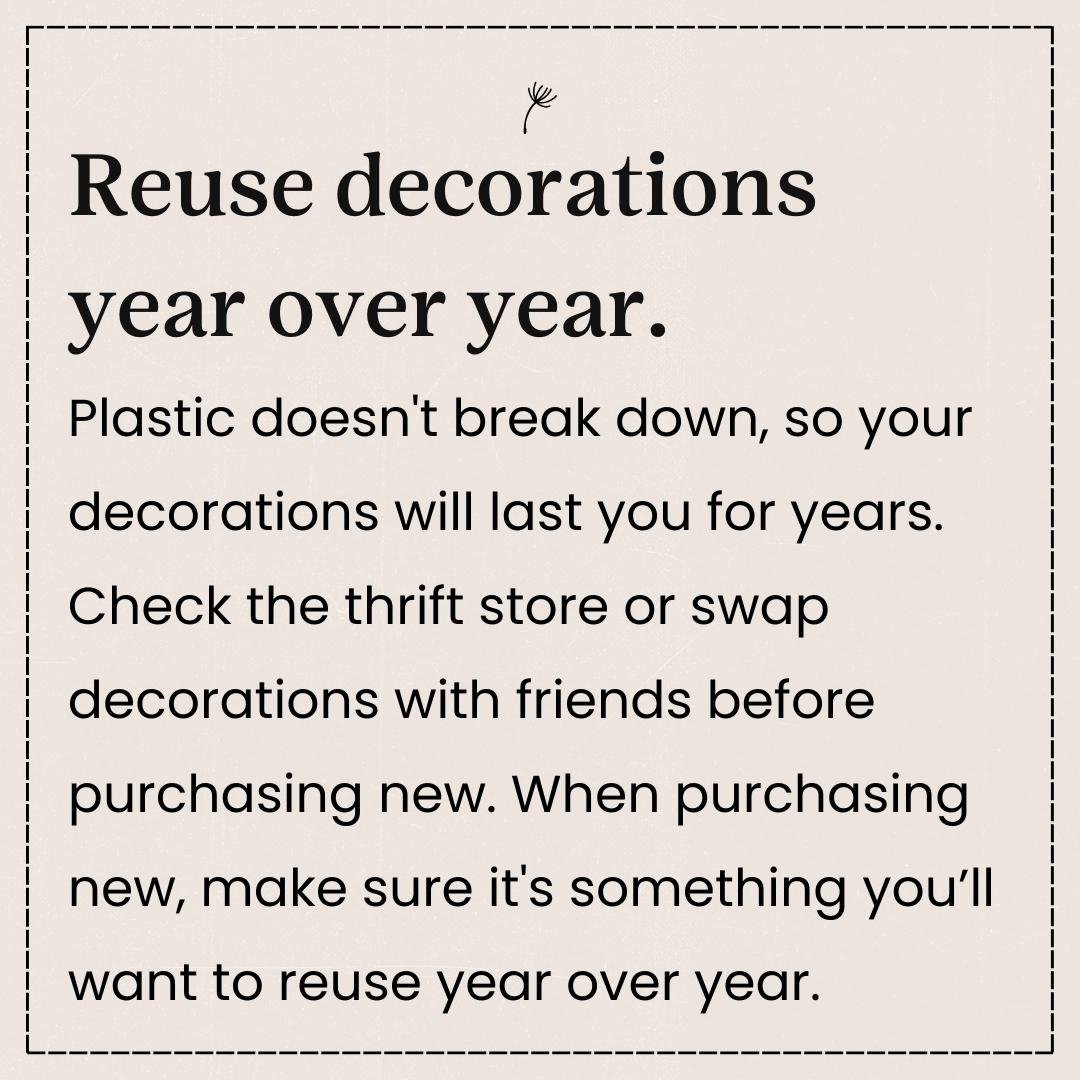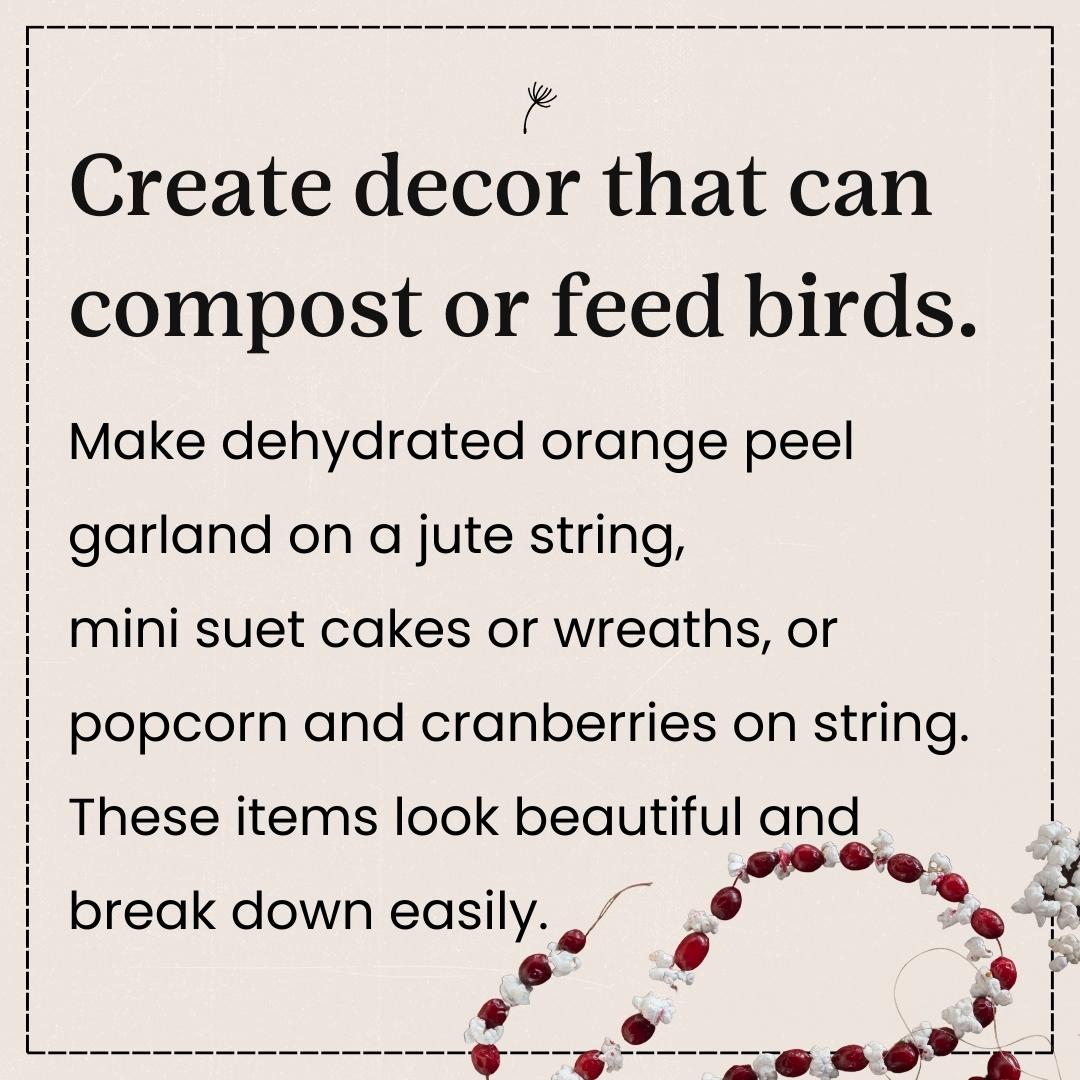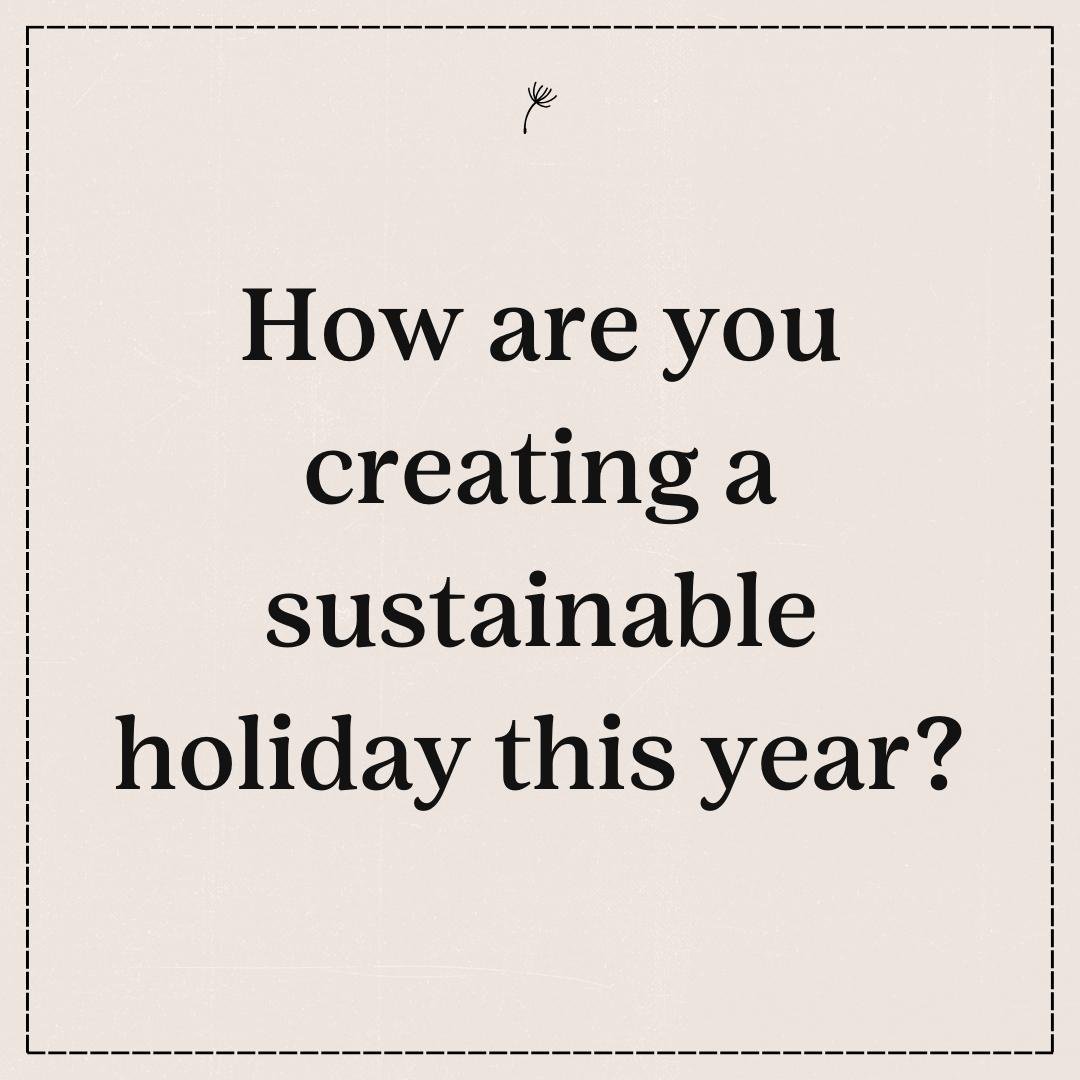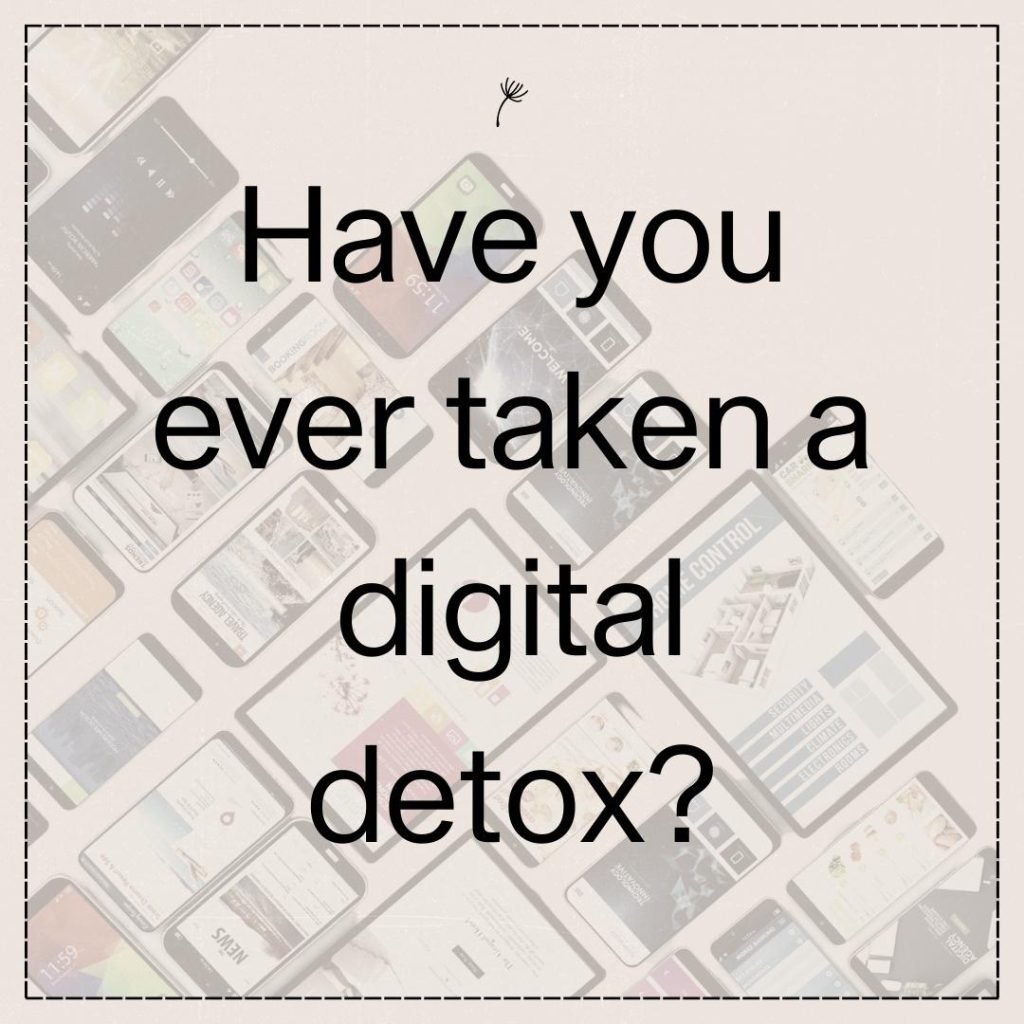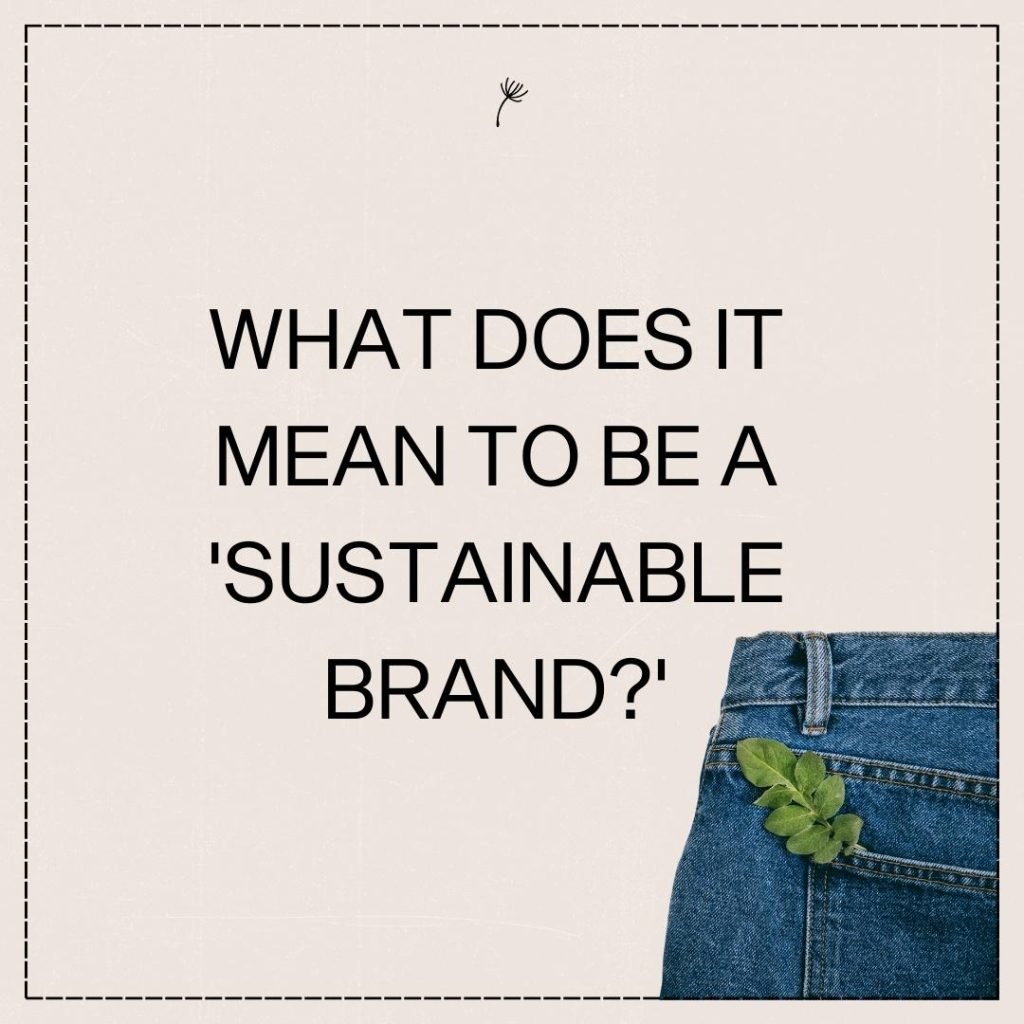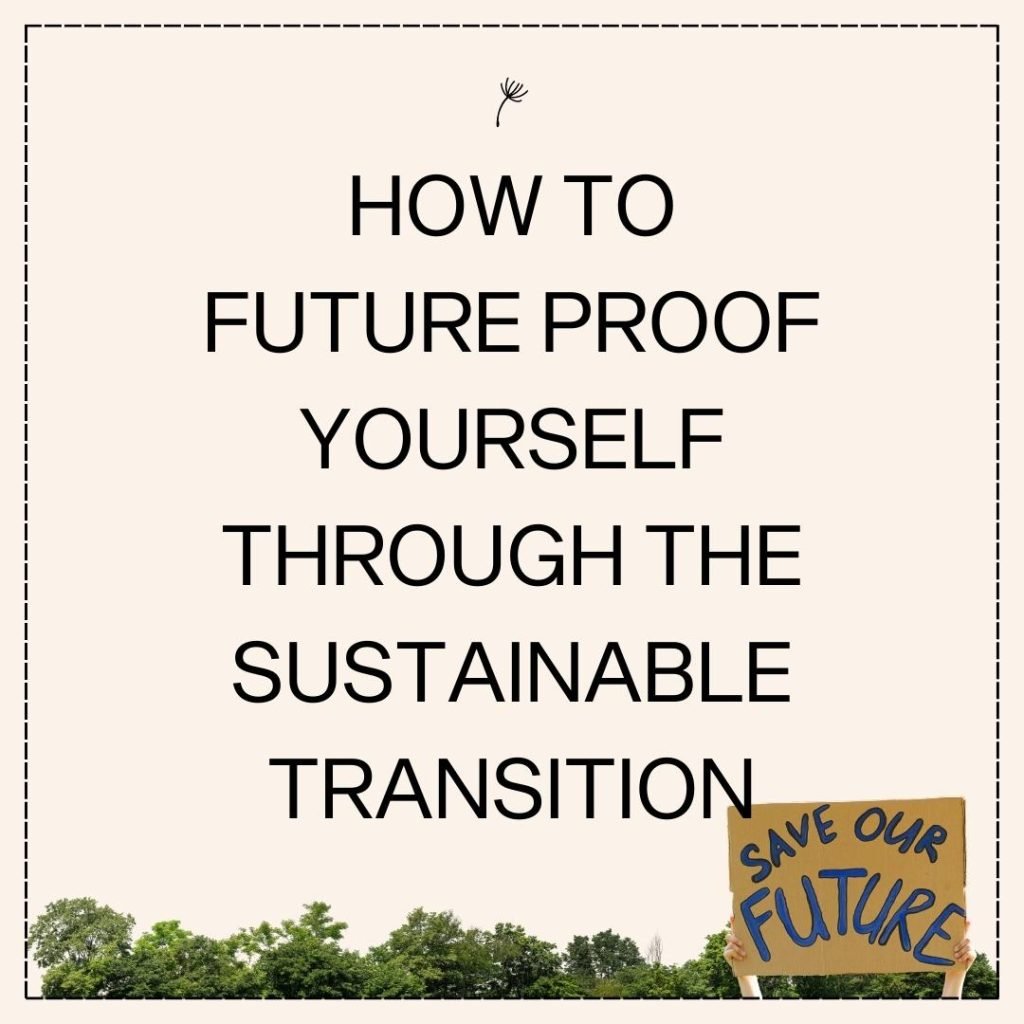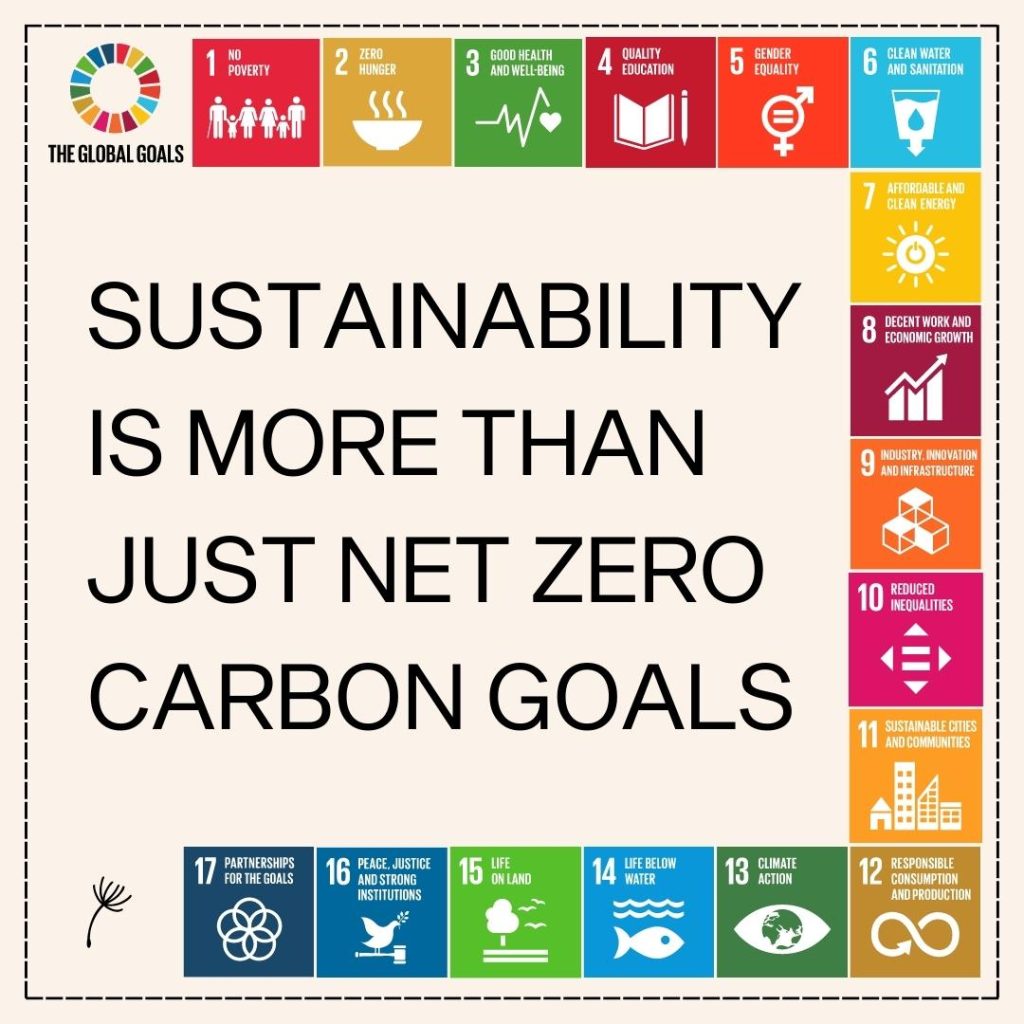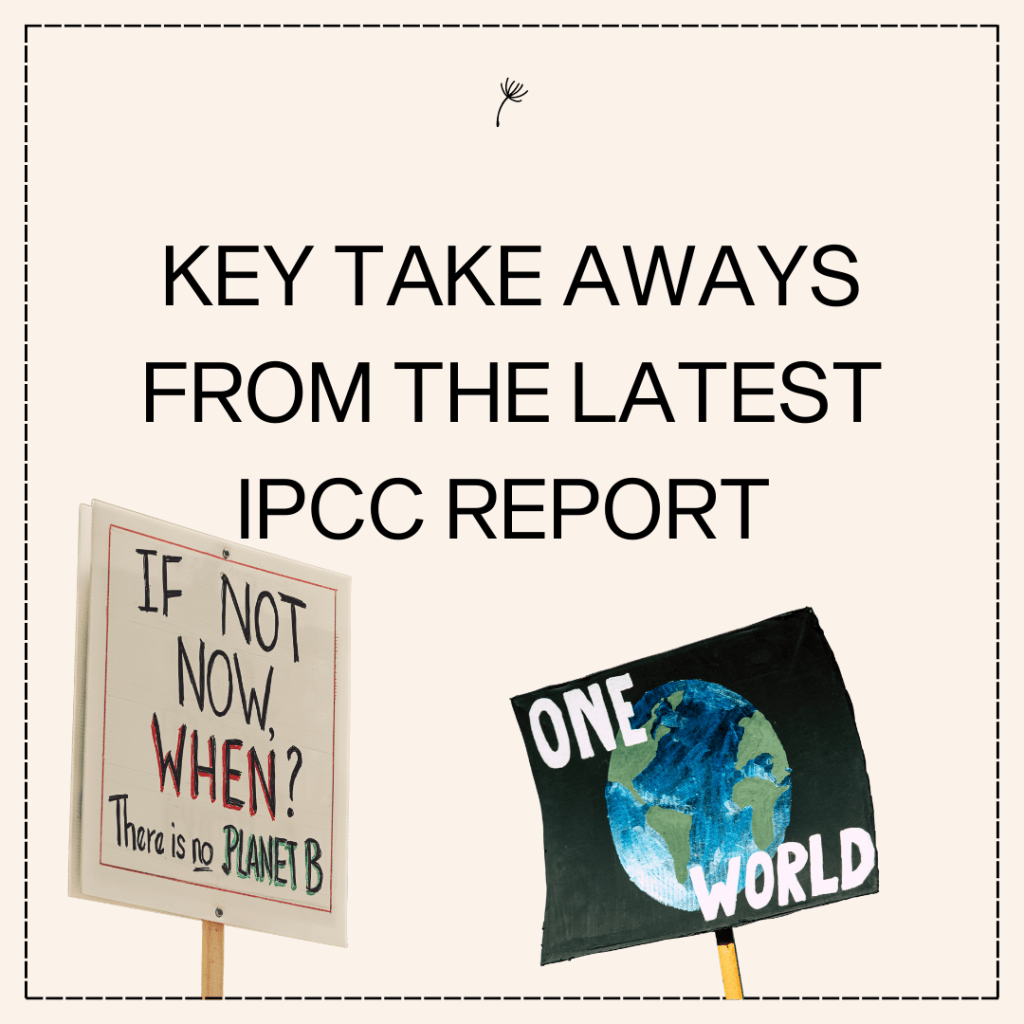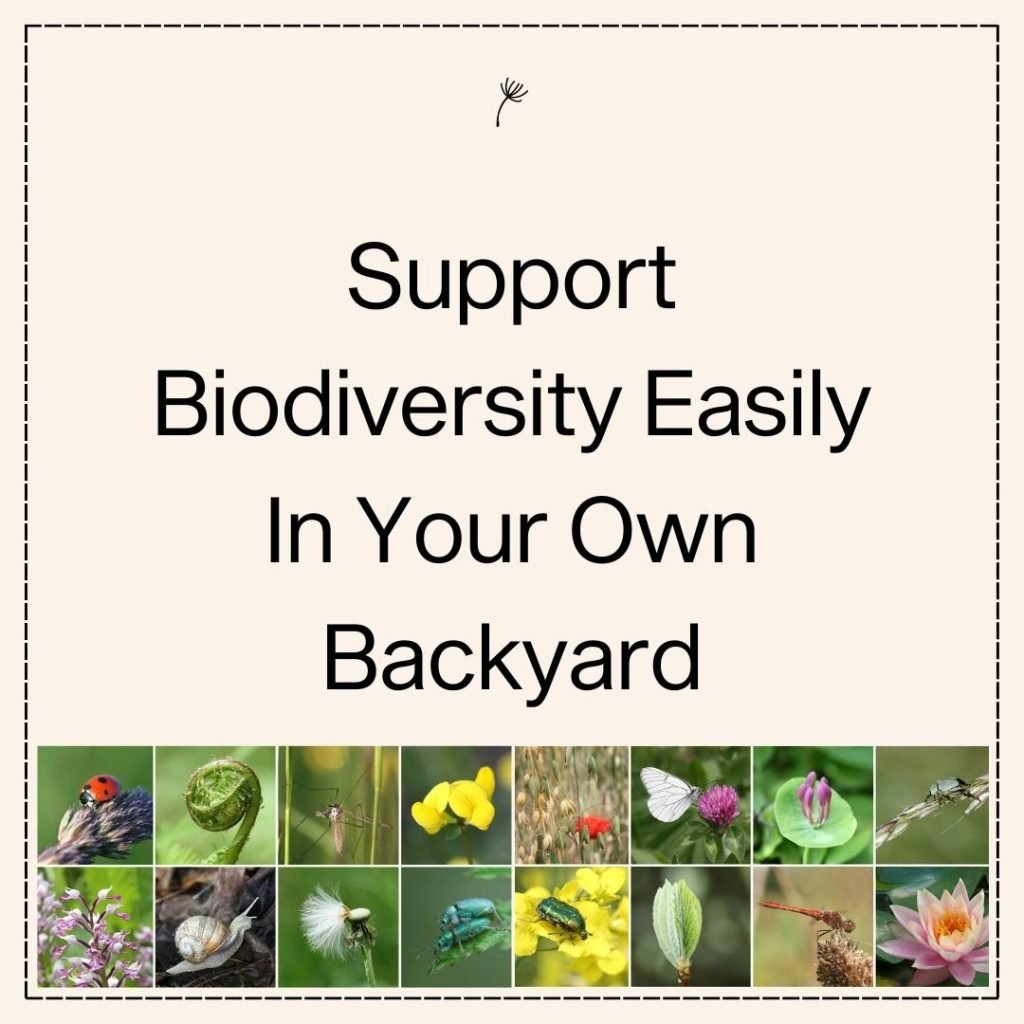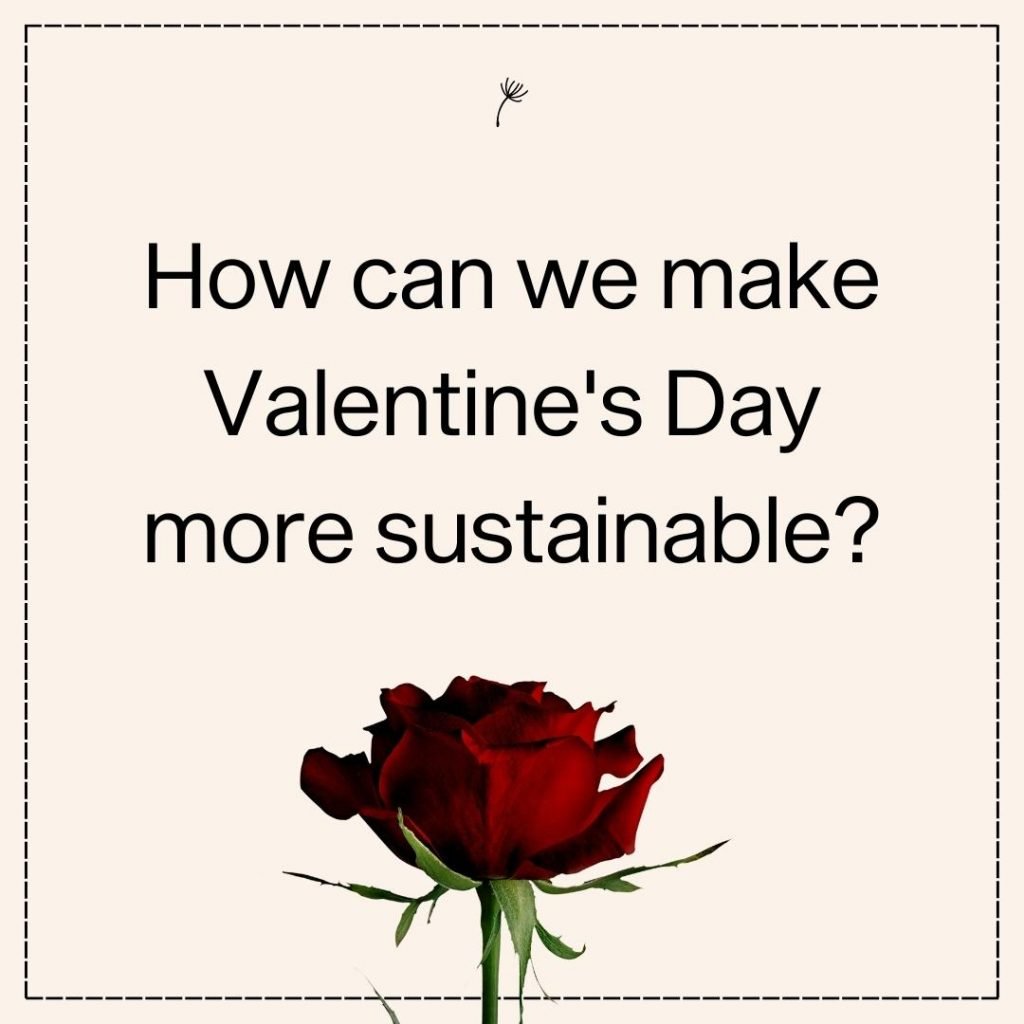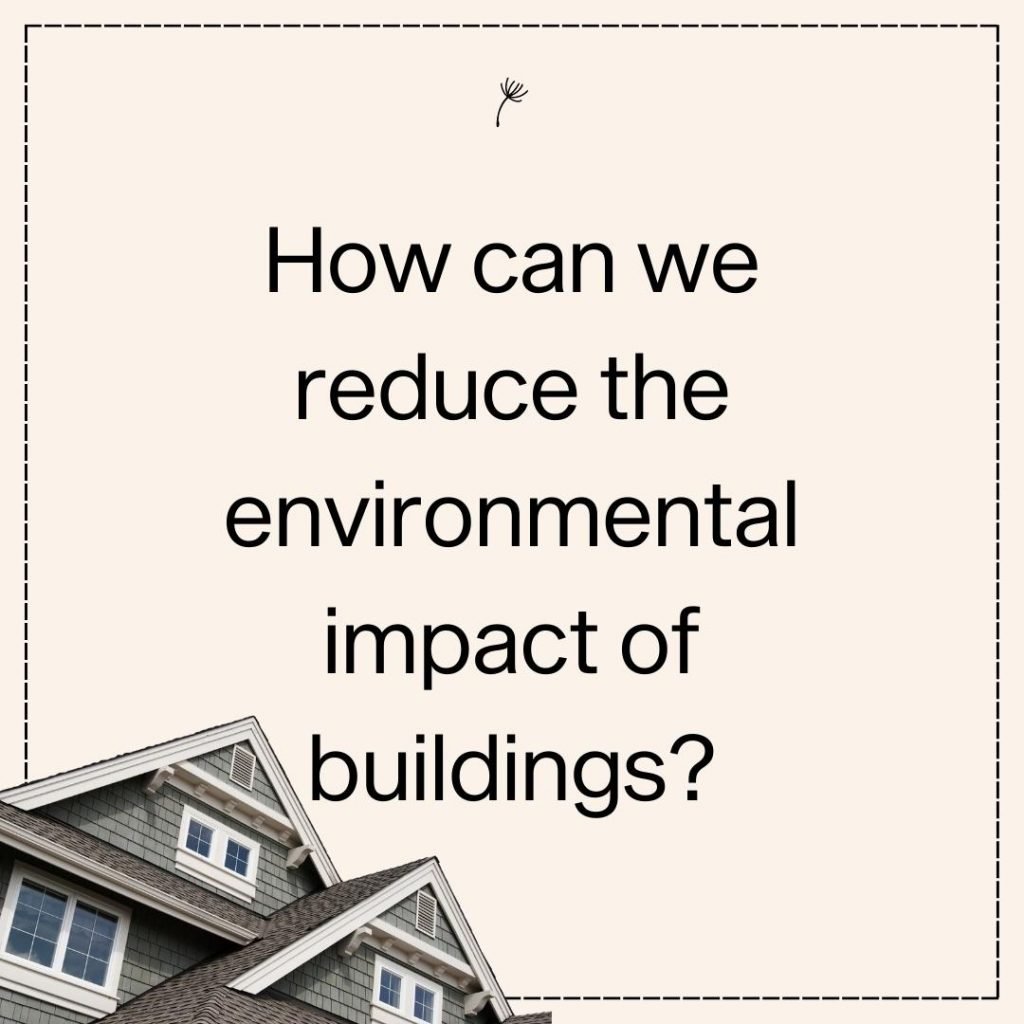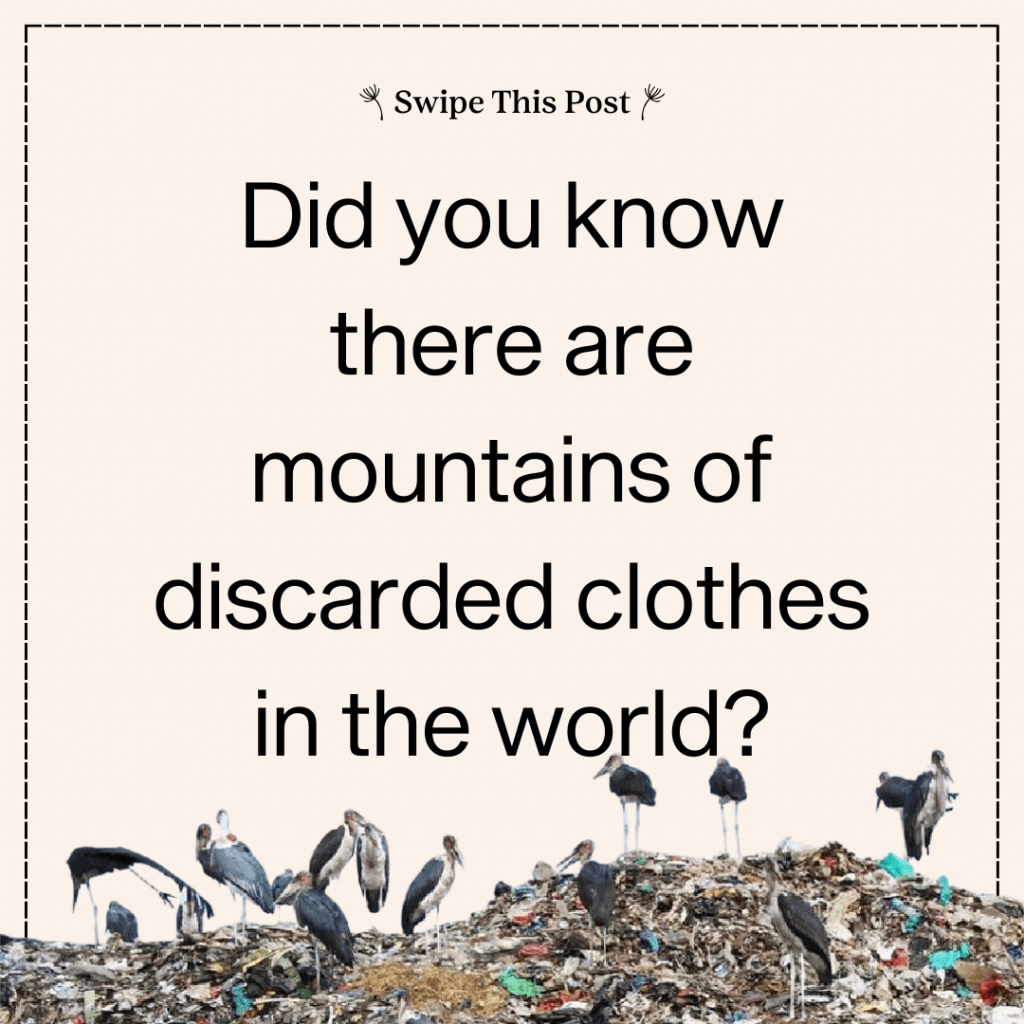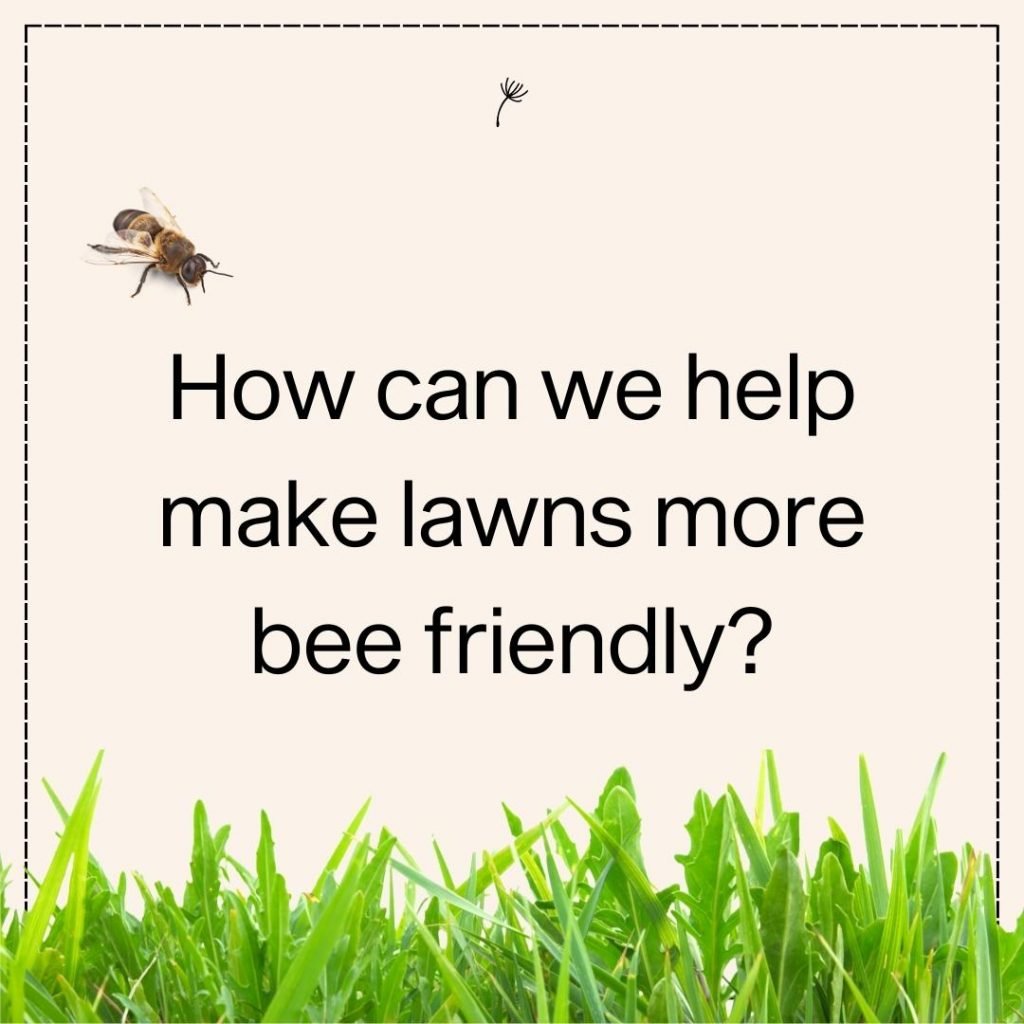Swipe These Posts!
Amplifying sustainability is part of our mission,
so we created an archive of free social media content about sustainability!
How to Use This Page to Get Free Social Media Content
Step one: Scroll through the information below and find the post you would like to share.
Step two: Download the image file and share it together with the caption.
Step three: please tag us @dandelion_branding so we can amplify YOUR message!
IG: @dandelion_branding
Twitter: @dandelion_brand
LinkedIn: @Dandelion Branding
Caption to Swipe!
It’s finally starting!
Climate change is finally being seen for the interdisciplinary crisis it is!
At the 2023 COP28 conference, we’re seeing a new type of theme: cross cutting!
The cross cutting themes this year are:
💚 Finance
💚 Inclusion
💚 Frontline Communities
💚 Technology and Innovation
While the inter-connected nature of the climate crisis has been clear to most of us for years, it hasn’t exactly been approached that way at the COP events.
Previously, each day brought a totally separate topic to discuss
– and while they are still working with thematic days,
this shift to include cross cutting themes is exciting.
What do you think?
Would you like to see more of the interdisciplinary work?
Are you excited for this or do you think its too little too late?
Caption to Swipe!
Sparkly Glitter.
Webs and tinsel.
Plastic ornaments.
Fake leaves and snow.
Petroleum-based candles.
Welcome to the holidays.
Aside from the general wash of over consumption, this season is rife with materials that cause lasting environmental issues worldwide.
You’ve looked around the shops (just a with tinge of grinch energy) wondering:
“when will this blatant celebration of unsustainable traditions end?”
It ends with you.
Yep, that spooooky ghosty is cute.
For sure, the tinsel is ultra perfect shiny this year.
Yep, the plastic amanita mushrooms are funny on the table spread.
Don’t buy in to the shiny lure of over consumption!
Here’s what to do instead:
💚 make memories not waste.
💚 give useful, reusable, high quality gifts.
💚 reuse your plastic decorations year over year.
💚 use materials that compost to make new decorations.
Bring the holiday spirit without harming the planet.
Sharing your sustainable gifts and decorations with your friends with a smile will inspire them to make those same choices for themselves!
How are you creating a sustainable holiday this year?
Caption to Swipe!
Checking in: when was your last digital detox?
Studies show that taking even a day or two away from the screens that rule our lives have a big impact on our health!
There are a ton of independent studies out there that hold weight on their own, but in 2021, Sage Journals did a literature review of the impact of our digital world, specifically our smartphones.
They found that smartphone use can be related to:
🚩 sleep difficulties
🚩 increase in stress
🚩 lower work productivity
🚩 musculoskeletal problems
🚩 decrease in quality interaction
🚩 high rates of depression and anxiety
Enter the digital detox.
A voluntary and intentional break from electronic devices and their accompanying applications, media, and messaging.
That means:
💚 No texts
💚 No emails
💚 No phone calls
💚 No video games
💚 No scrolling
💚 No news
But does it help?
From experience, a 24 hour digital detox is helpful for mood, work, and sleep.
But the scientists aren’t totally convinced. Sage Journals found that while the results were generally positive, especially for people who are prone to depression and procrastination, the jury is still out on the best way to detox from our electronic overlords!
Have you done a digital detox? What changes did you see?
Caption to Swipe!
What does it mean to be a ‘sustainable brand?’
“Sustainability” is an unregulated term.
There is no mainstream, agreed upon definition (yet)
so it’s up to every person and business to define it for themselves.
Additionally, a 100% sustainable brand is incredibly challenging to build!
The infrastructure isn’t available yet and the solutions are still relatively young.
There are trailblazers out there, and a lot of brands are jumping on a bandwagon.
How do you know what to look for?
How can you see through greenwashing and make the best decision?
Here are the best pointers for identifying a sustainable brand:
💚 They make value-driven decisions
💚 They have a clearly defined supply chain
💚 They’re action-focused on leaving the world better
💚 Their activities don’t cause harm to people or the planet
💚 They are actively learning and educating about sustainability
How do you define a “sustainable brand?”
Caption to Swipe!
The sustainability echo-chamber makes it easy to imagine a sustainable utopia with rolling fields of organic hemp intermixed with healthy food and cover crops, cared for by well paid farmers, plucked and shucked by little solar robots beep-booping their way along wildflower pathways.
Realistically, the transition to a regenerative, sustainable future is far from the prairie paradise.
There are ugly, awkward hard parts of societal change, and we’re in the thick of it.
Because for every step we take towards a sustainable future
there’s a system in place we have to break.
So in addition to the impacts of the climate crisis we need to prepare for
🔴 10-20% of jobs become obsolete or lost in the coming years (ILO).
🔴 consistent turbulence in the global economy as we impose new regulations.
🔴 more civil unrest for disenfranchised communities with no transitional funding.
🔴 increased political turmoil as we fight for control over environmental and social policy.
Don’t get us wrong – we will make it through this.
Studies from international agencies like @the_oecd make it clear that the transition will be net positive for both our society and the environment.
But for now, we’re in the ‘awkward phase of sustainability.’
So here are a few things you can do to future proof yourself for the coming changes.
💚 Learn a skill that will always be employable. Don’t get blindsided by a changing economy.
💚 Try to understand your local politics. That’s where your opinion makes a difference.
💚 Stay solution oriented. Eco-Anxiety and pessimism are pervasive and bad for you.
💚 Transition to a more sustainable lifestyle. You’ll have to eventually anyway.
💚 Keep your community close. We’re going to need each other’s support.
💚 Save, if you can. A rainy day fund, even small, will come in handy.
Caption to Swipe!
💚 SUSTAINABILITY IS MORE THAN HITTING NET ZERO! 💚
This is a gentle reminder that “net zero” is not inherently synonymous with “do less harm.”
It’s hard to call it “greenwashing” because reaching net zero is absolutely vital in our fight against climate change, but when folks only talk about sustainability in relation to their net zero goal, it’s a red flag. 🚩🚩
Net zero goals hyper-focus on GHGs, and they commodify “doing good” by frequently allowing large companies to buy their way out of making actual changes.
These goals can also push other important sustainability issues aside including (but not limited to):
💚 Inclusivity & Diversity initiatives
💚 Fair & Equitable labor practices
💚 Investing in employees
💚 Protecting ancient forests
💚 Removing single-use plastics
💚 Ethical & cruelty-free sourcing
💚 Reusing and recycling materials
💚 Focusing on degrowth principles
💚 Regenerating biodiverse ecosystems
💚 Creating & enforcing social & environmental policy
💚 Making clean water and healthcare accessible globally
A net zero promise is a good start – but we want to go deeper.
Implementing sustainability principles in their entirety gives us a chance to transform the mindset of our global community into one that holds empathy for each other and for the world around us.
Caption to Swipe!
The Intergovernmental Panel on Climate Change ( @ipcc ) has released their synthesis report.
Sustainability Advocates, we’ve got bad news – and we’ve got hope.
👎 The Bad News 👎
– Maladaption is decreasing the effectiveness of climate action.
– Vulnerable communities are the most impacted by global climate change.
– Damages from climate change will escalate with every increment of warming.
– Global financial flows are insufficient to stop warming in all sectors and regions.
– Human-caused climate change is impacting climate extremes in every global region.
– Adaption options feasible today will become less effective with increased global warming.
✨ The Hope ✨
– Maladaption can be avoided with planning and training.
– Warming can be reversed with sustained net-negative global emissions.
– Damage can be limited by deep, immediate, and sustained emissions reduction.
– Reaching net zero THIS DECADE will determine whether we can limit to 1.5°C warming.
💚 The Take Away 💚
The fight isn’t over, but it will be arduous.
The solutions exist and are achievable!
✅ Taking Action ✅
– vote for candidates who support bold climate action.
– help fund sustainable development projects.
– support training on large scale carbon reduction techniques.
– take action to reinforce vulnerable communities.
Caption to Swipe!
MAKE A MINI POND FOR SPRINGTIME!!
Celebrate your little pocket of biodiversity by adding a mini pond to your space!
Mini ponds are easy to make & offer amazing benefits to your home.
Your mini pond will:





To quote @thewildlifetrusts – “Your pond needn’t be big. A washing-up bowl, a large plant pot, or a disused sink could all be repurposed as ponds, providing you make sure creatures can get in and out.”
Even if you only have a patio or a very small yard, you can add a mini pond!Here’s how:





Caption to Swipe!
Americans will spend an estimated $23.9 billion on Valentine’s Day this year.
If you think this Hallmark holiday feels out of control in the money department, here are some stats from the environmental aspect:
1 – Valentines Day activities and purchases result in an additional 9 million kilograms of CO2 released into the atmosphere compared to a “normal” day.
2 – Every cut flower has a footprint – for the 250 million roses produced overseas just for Valentine’s Day in the US, 6.4 million liters of fuel are used and 20,250 metric tons of carbon dioxide are released.
3 – More chemicals are used on cut flowers than food – and a fifth of the chemicals used on imported cut flowers, are banned or untested in the states.
And this doesn’t include the additional waste streams.
You know, the glitter (plastic) covered… everything, that can’t be recycled.
And the cheap chocolate gifts boxes put together by child slave labor.
This Valentine’s Day make sustainable gifting choices like:
💚 a hand made, practical gift from sustainable materials
💚 fair trade, ethically made, sustainably grown chocolate
💚 a living plant or spring-sown seeds in lieu of cut flowers
💚 jewelry that is responsibly mined and ethically produced
💚 time – like a game night, a cooking class, or a sexy outing
Stats come from: American Council for an Energy-Efficient Economy, @thebalancemoney, @petalrepublic, and @plasticoceans
Caption to Swipe!
Did you know that buildings (yes, like the one you’re sitting in) account for an incredible amount of the global carbon emissions?
According to Saint Gobin, a UK based construction group, “buildings account for around 35% of resources, 40% of energy use, consume 12% of the world’s drinkable water and produce almost 40% of global carbon emissions.”
That’s a lot of emissions – and this sector isn’t changing very rapidly because, for the most part, we think about the big changes we need to make as a society away from fossil fuels BEFORE we think about what we can do with our own homes.
So what can you do?
1 – Focus on insulating your home. Old houses were so often built with single pane windows and without insulation that heating and air conditioning are consistently wasted by escaping into the atmosphere, increasing emissions, and driving up your gas bill.
2 – Switch to LEDs. If you haven’t already, make sure that you’re only using LED bulbs in your home to significantly reduce emissions.
3 – Reuse and Upcycle. Try to find reclaimed things for your building materials and furniture. Choosing reused building materials and home goods rather than new helps eliminate items that may otherwise go to the landfill and reduces emissions required to produce new materials.
4 – Watch Out for Inefficient Appliances. Adjusting your refrigerator up a few degrees can help lower overall energy usage without spoiling your food. Unplug smaller appliances when not in use. Air conditioning and heating rely on natural gas, so adjusting your thermostat a few degrees can not only help reduce emissions but also lower your energy bill.
Caption to Swipe!
Before you take your clothing donation to the local second-hand donation drop off, we want to call some attention to the mountains of discarded clothing around the world.
Yes, we said “mountains”.
Often times, your well-meaning clothing donation ends up in bales and are exported to places like Chile, Brazil, Ghana, and Kenya.
When importers get their bales, they sell them directly to the merchants who sell at local markets for reduced prices. Merchants sort through their bales to see what they can sell and discard the rest – often 50% or more of a bale!
That leads to THOUSANDS OF TONS of clothing ending up in landfills in the import countries.
While some of the donated clothing is made from compostable materials, most is some form of polyester blend. So not only do they not break down, they leach chemicals into the environment. They also provide breeding grounds for bacteria that cause illness and infection.
These festering cesspools of clothes form literal mountains, miles long and taller than a two-story building.
Check out the incredible short film “Textile Mountain,” shot partially in Kenya that raises awareness about the second hand clothing industry and the clothing that end up in the landfills, on river sides, and rotting in the waterways.
What can you do?
– Reuse and recycle as much of your textiles as possible.
– Only donate clean clothes that can legitimately be resold in your local market
– Reduce the amount you buy all together
Image credit: @textilemountain
Post Credit: @dandelion_branding
Caption to Swipe!
Did you know: in the United States alone, we use nearly 80 million pounds of pesticides and trillions of gallons of water to keep our lawns lush and green. (Clean Water Action & University of Minnesota)
Turf grass is a socially accepted mono-crop that offers almost no benefit to us or the environment. In fact, grass-only lawns are problematic.
1 – Grass has short root systems and needs to be watered more frequently than native plants
2 – A grass-only lawn removes essential plants and flowers that make up a biodiverse ecosystem
3 – It depletes the soil below it, leading to an increase in the need for chemical interference
How can you keep your lush lawn without needing the water and chemical additives?
Renovate your lawn into a bee lawn!
A bee lawn is still nice to walk on, but it needs to be cut less, watered less, and it needs less chemical fertilizers because the plants work together with the soil! You don’t need pesticides because you’ll have a healthy balance of natural pollinators and insects that help keep the balance in your yard.
And it isn’t hard to do.
The University of Minnesota recommends simply adding white clover, self heal, and creeping thyme seeds (rather than grass seeds) to your lawn when it’s time for seeding!
Have you transitioned to a bee-friendly lawn? How was the process for you? Let us know in the comments.
Credit: @dandelion_branding
